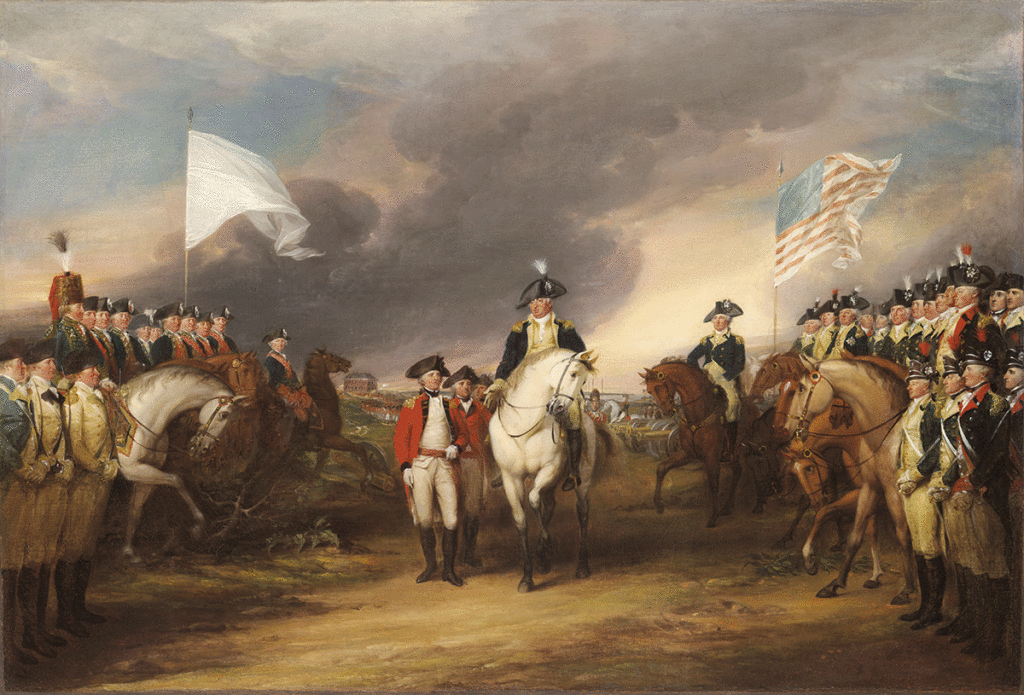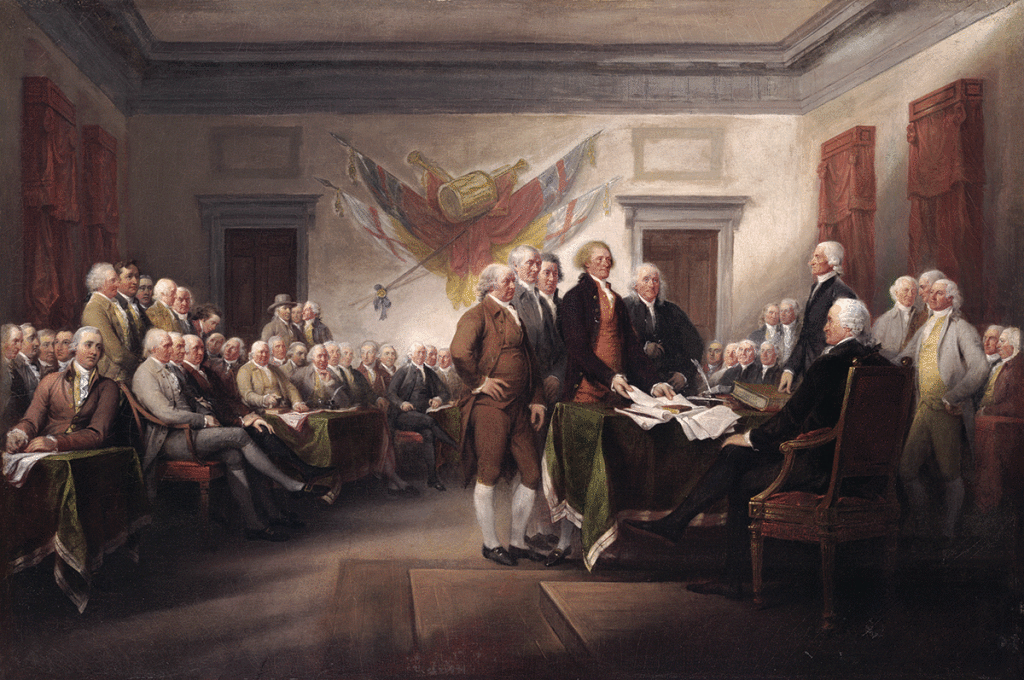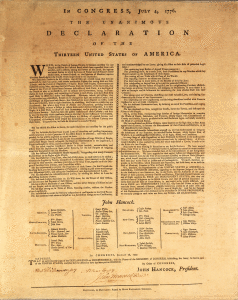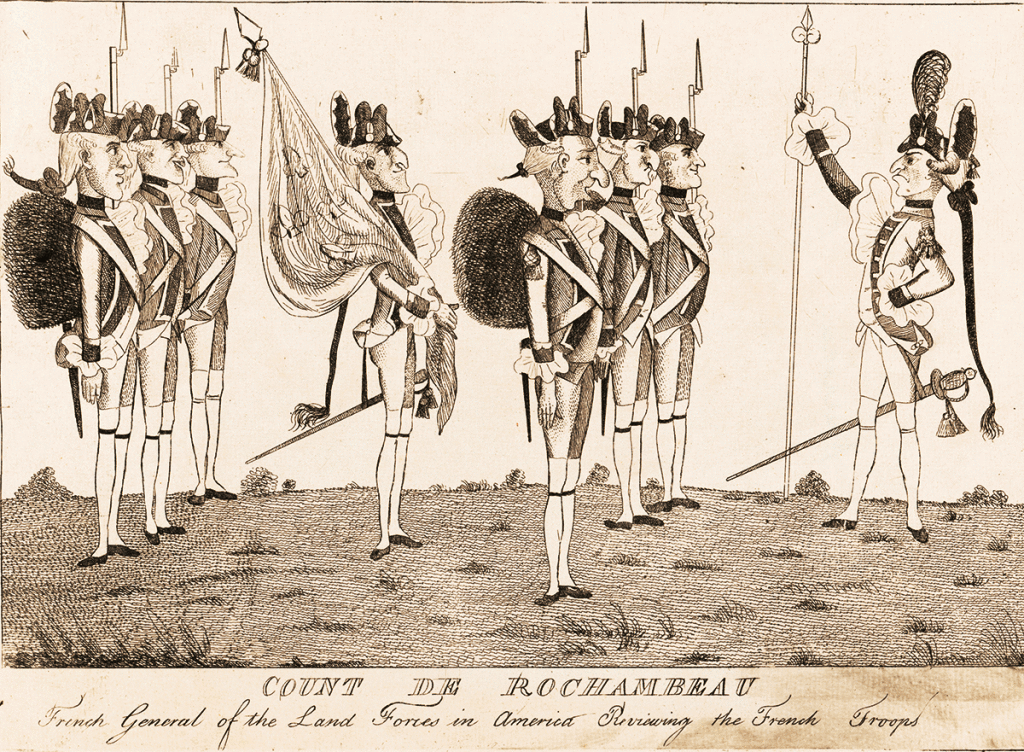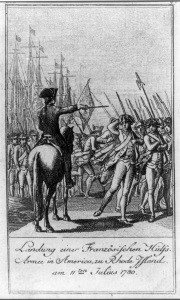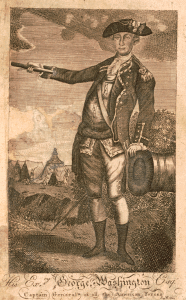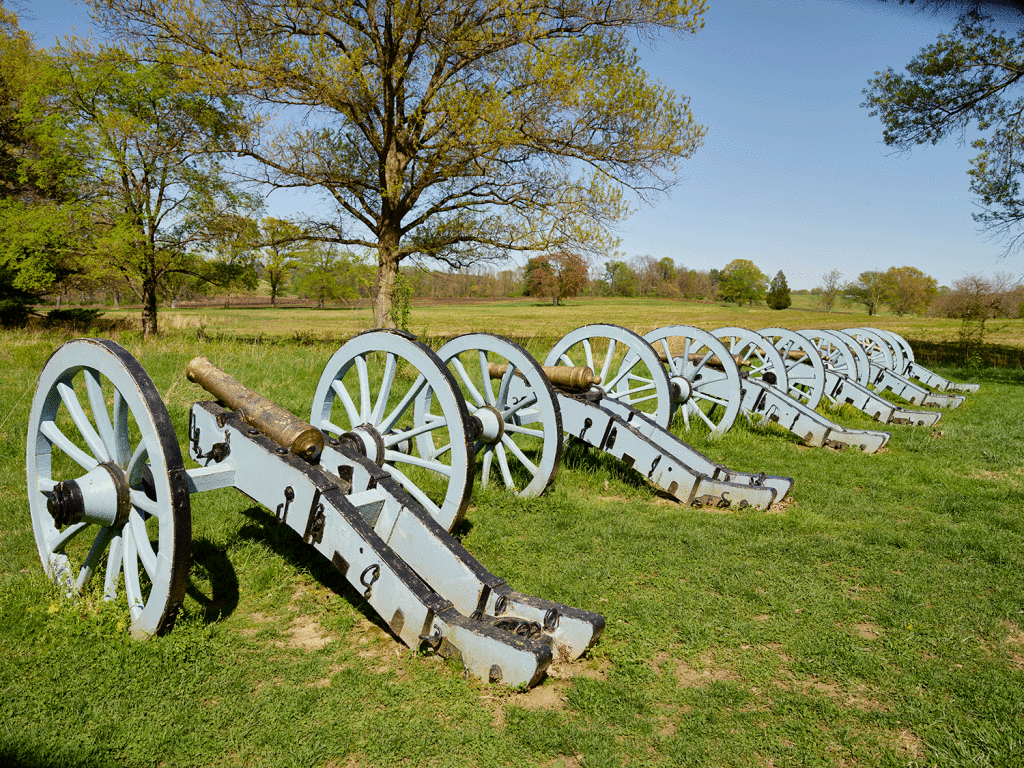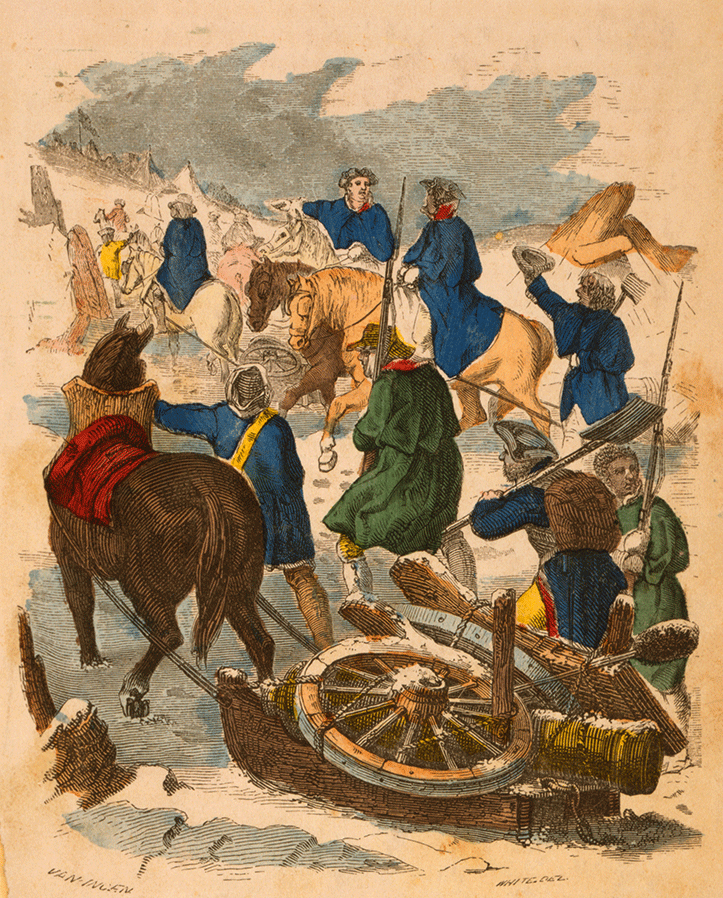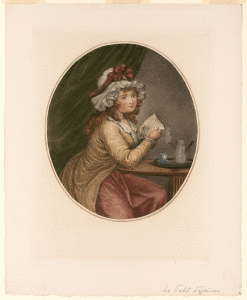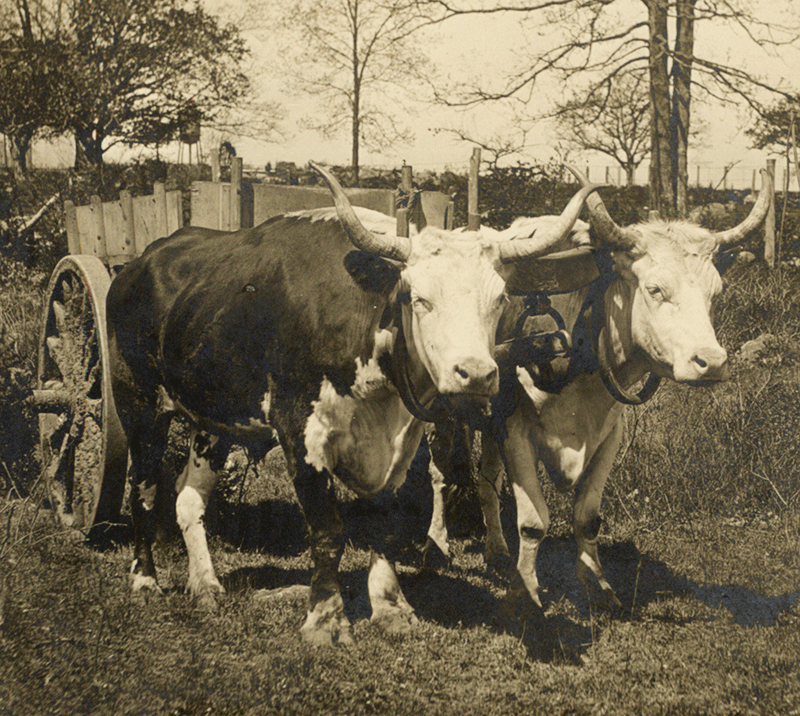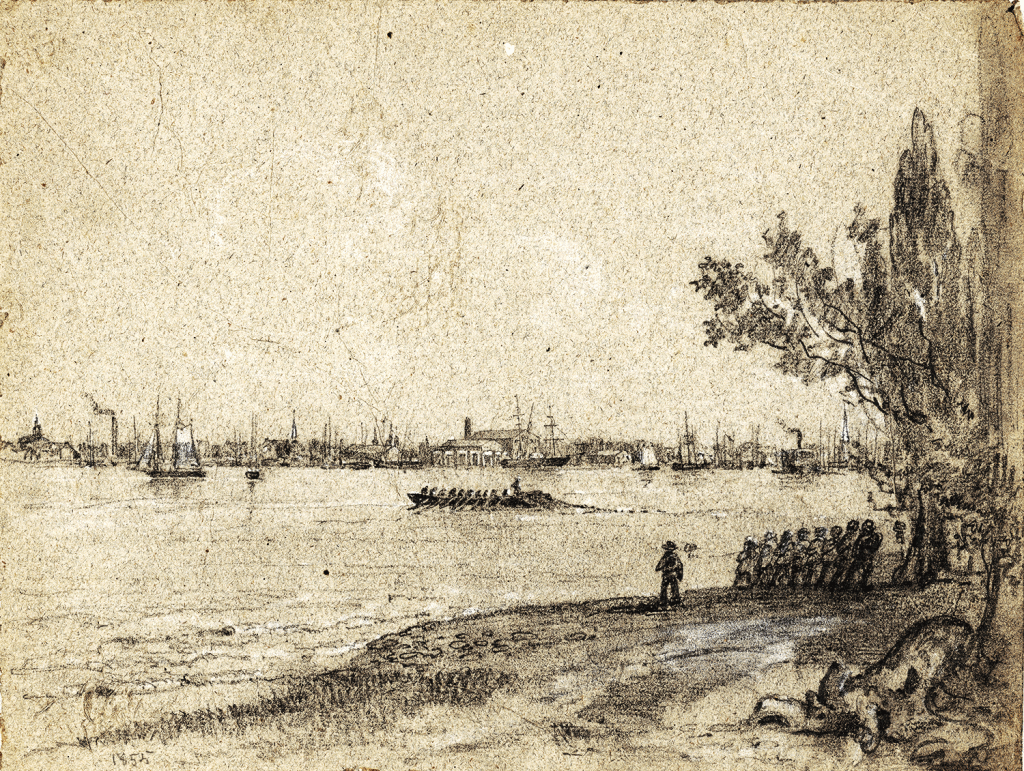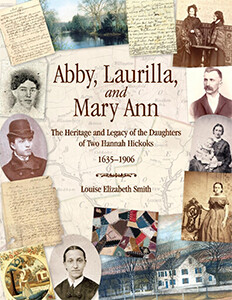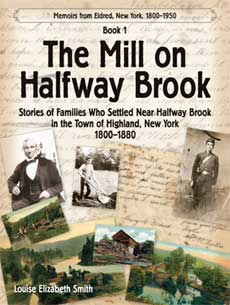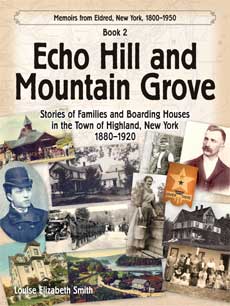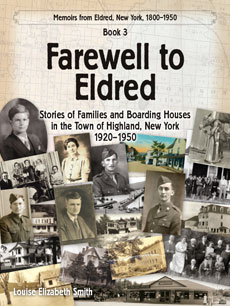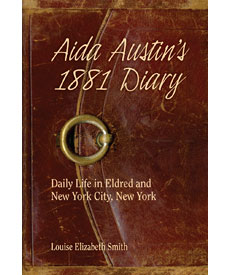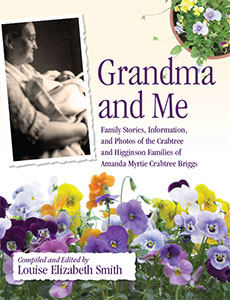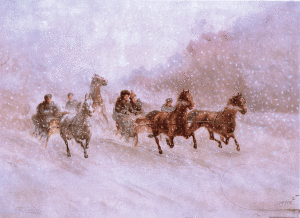
Hannah Hickok, daughter of David and Abigail Johnson Hickok, was eight years old when her uncle Asa Hickok first enlisted in 1775. Scattered throughout Hannah’s 1840s Journals, are her memories from 1783. Hannah’s Father David had a few entries in 1783, also.
“The Revolutionary War did not end till I was near sixteen (August 1783). During those years of war we thought every old nail and every old piece of iron was of consequence, as indeed we did every other thing, for there was none to be bought.”*
Cider, Reading, Trading
In October Hannah’s father David cut and carted wood, gathered corn, took apples to be made into cider, and mended his fence, as usual.
In November David paid his town rate. He took out Hopkin’s Enquiry and Bellamy’s Vindication from the South Britain library and borrowed a French Bible in Newtown. Items David traded (bought) that month included: 16 coat buttons, 1-1/2 yards ribbon, a pound of tea, 1-1/2 yards of green gingham, and a gallon of brandy. (November 25 was the last day for the British to leave.)
End of 1783, Hannah’s Study
On a “very cold and blustering” December day, with “middle leg deep and much drifted” snow, David brought his sheep home from the Ichabod Lot.
Then David completed a study for Hannah. He put in a twelve-pane glass window on the south side, hung the shutter, and put a lock upon the door. And said he had done “nothing about the house.”
Hannah was elated with Thanksgiving** in December. Her cousins Bellaria Hinman and Sally Johnson came to see her and stayed all night.
At the end of December Aunt Amy had a quilting at Hannah’s house. Hannah loved her study and preferred to be by herself: “Bella and Susanna Tuttle came and stayed all night. They went sleighing, but I would not go.”
Hannah Hickok Smith Looks Back at Life in 1783
I am writing in my study as I was 63 years ago; not the same, but about the same dimensions…The sun is going down. I have been about the house looking at things which in my youth would have amazed me. How times are changed.—December 20, 1846.
Sixty-four years ago (1783) I wrote in the evening, “Not having any inclination to spend any time with ‘company’ I have thought fit to betake myself to my study.” And I have thought very much so ever since, I would rather be in my study than anywhere.—December 5, 1847.
—Abby, Laurilla, and Mary Ann, pp. 63–65.
* Hannah Hickok Smith, December 24, 1847.
** Thanksgiving was in December in the year 1783.

